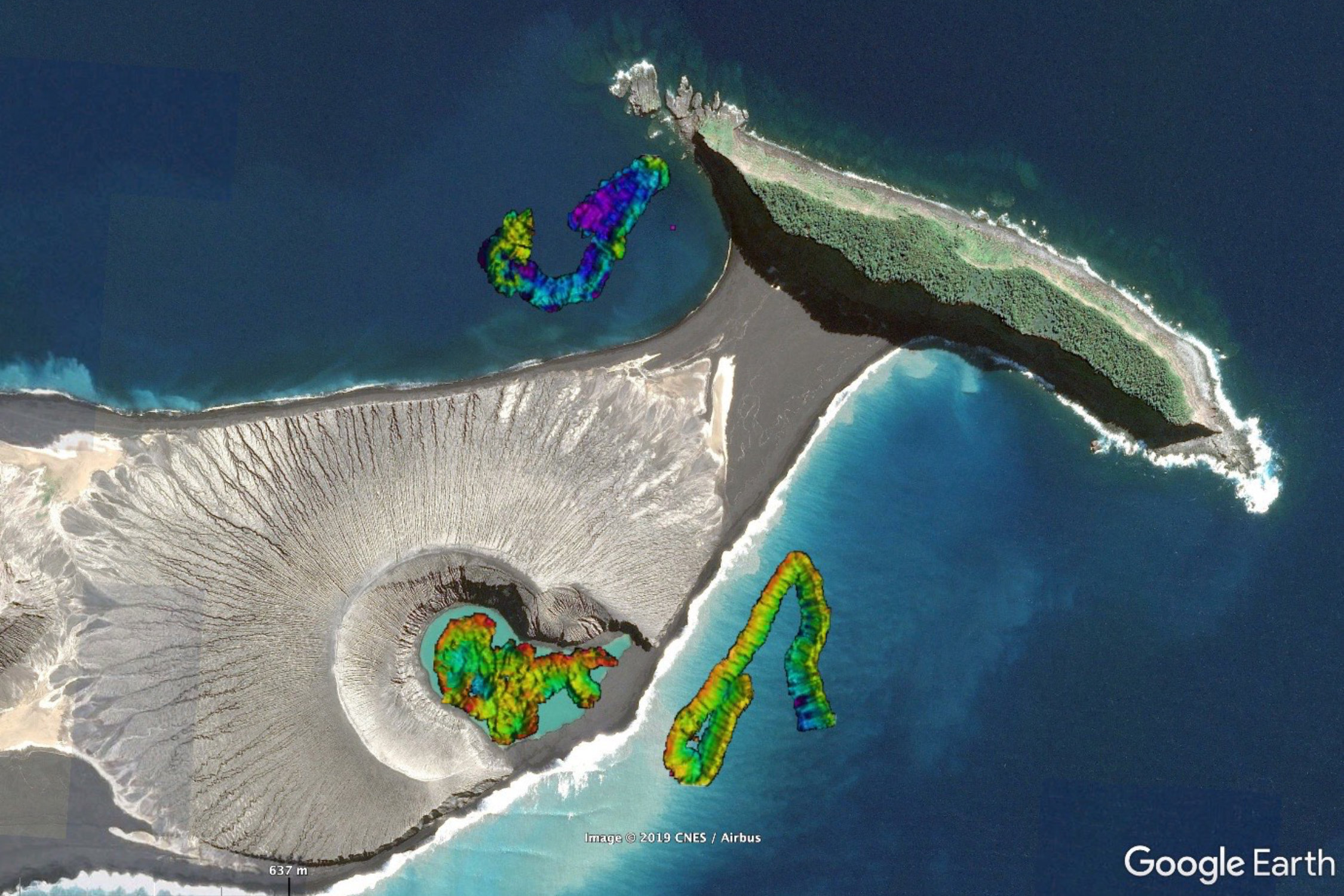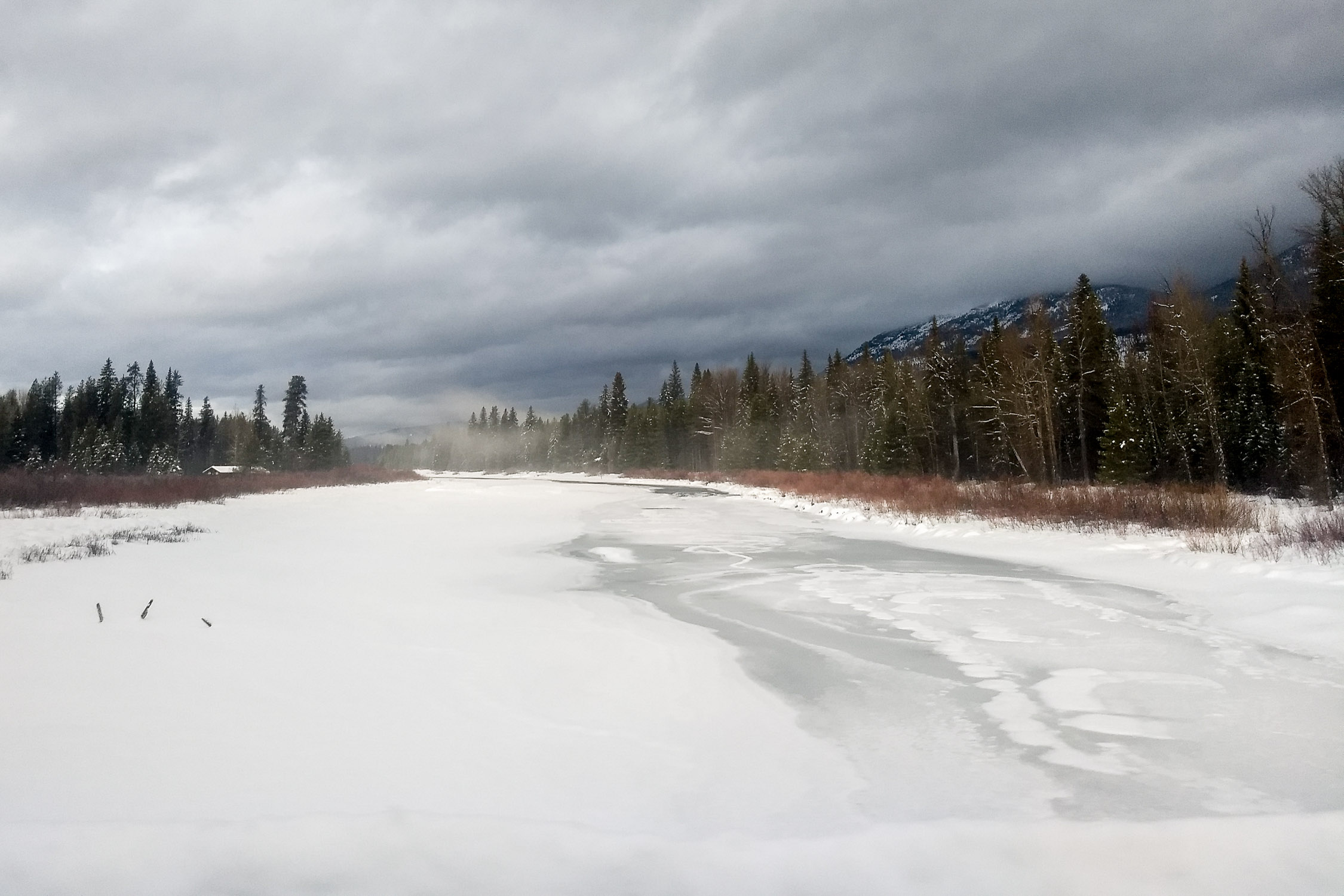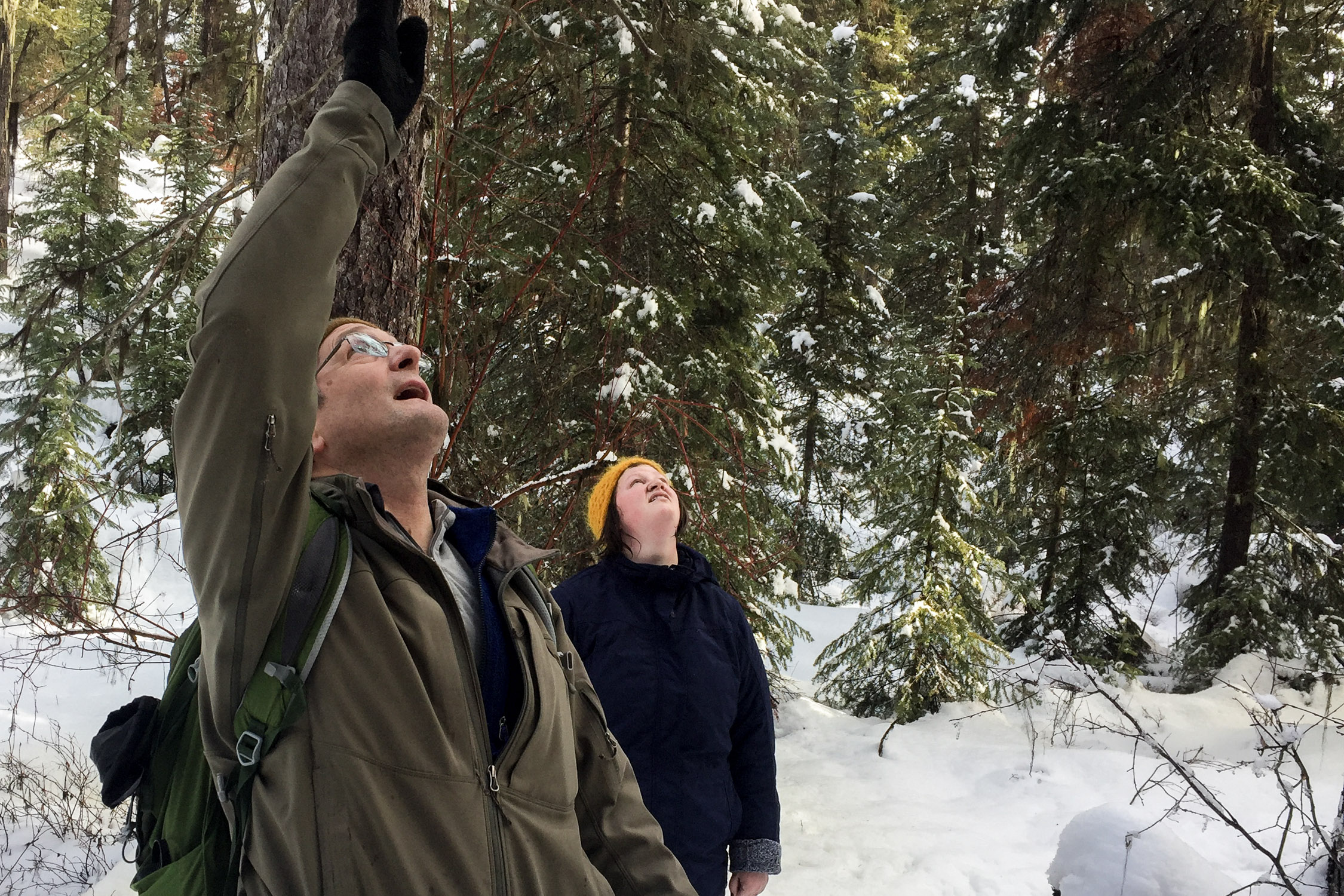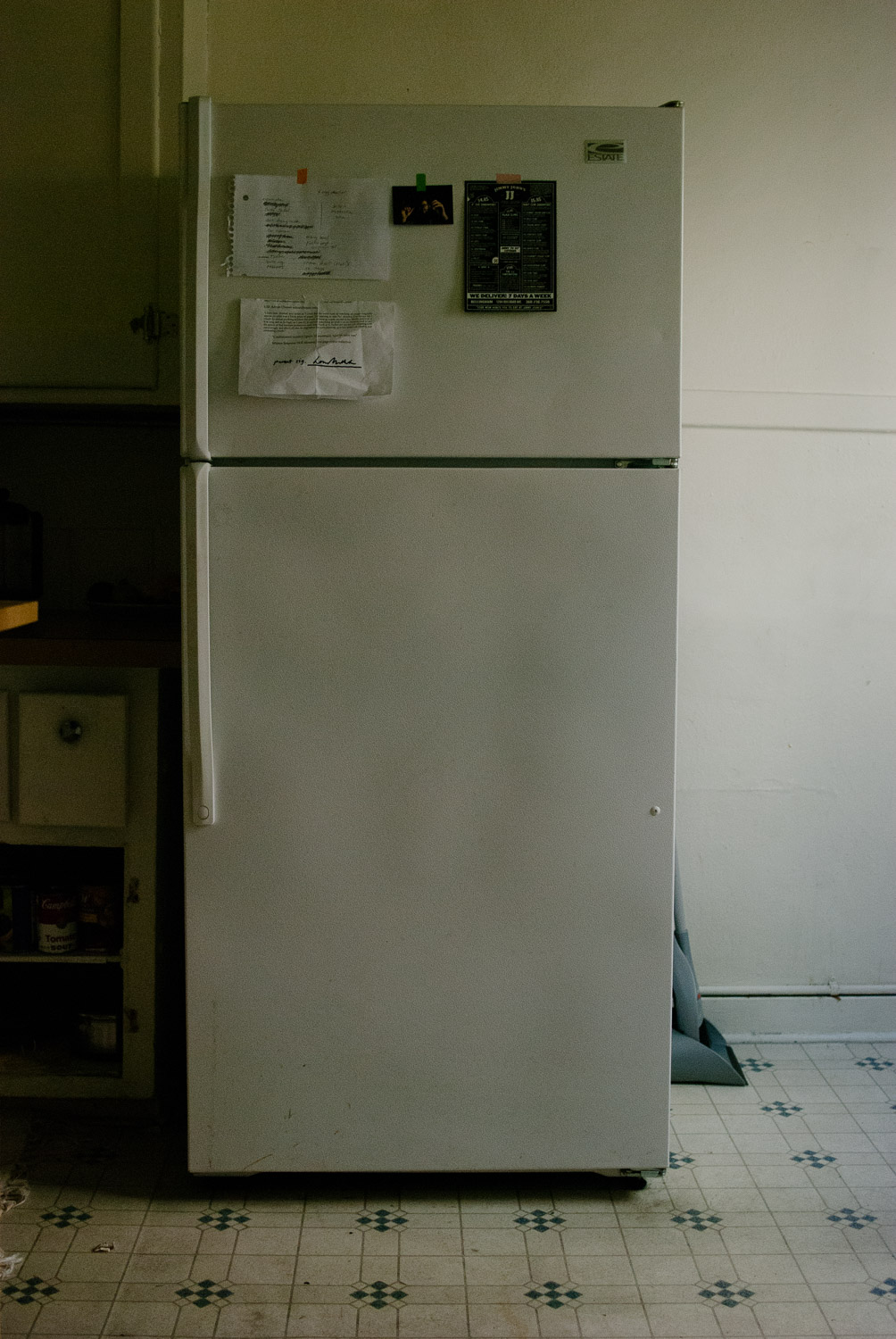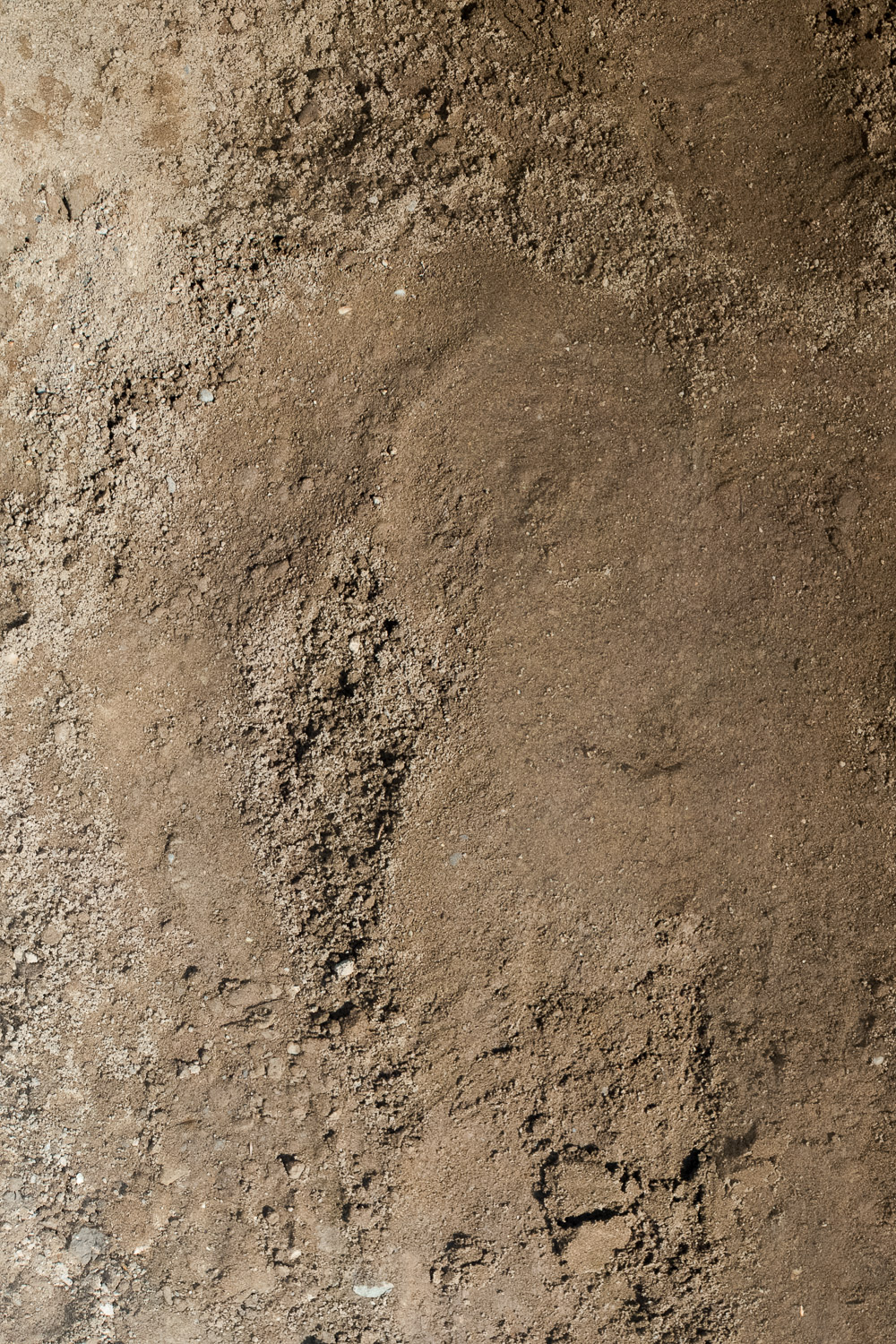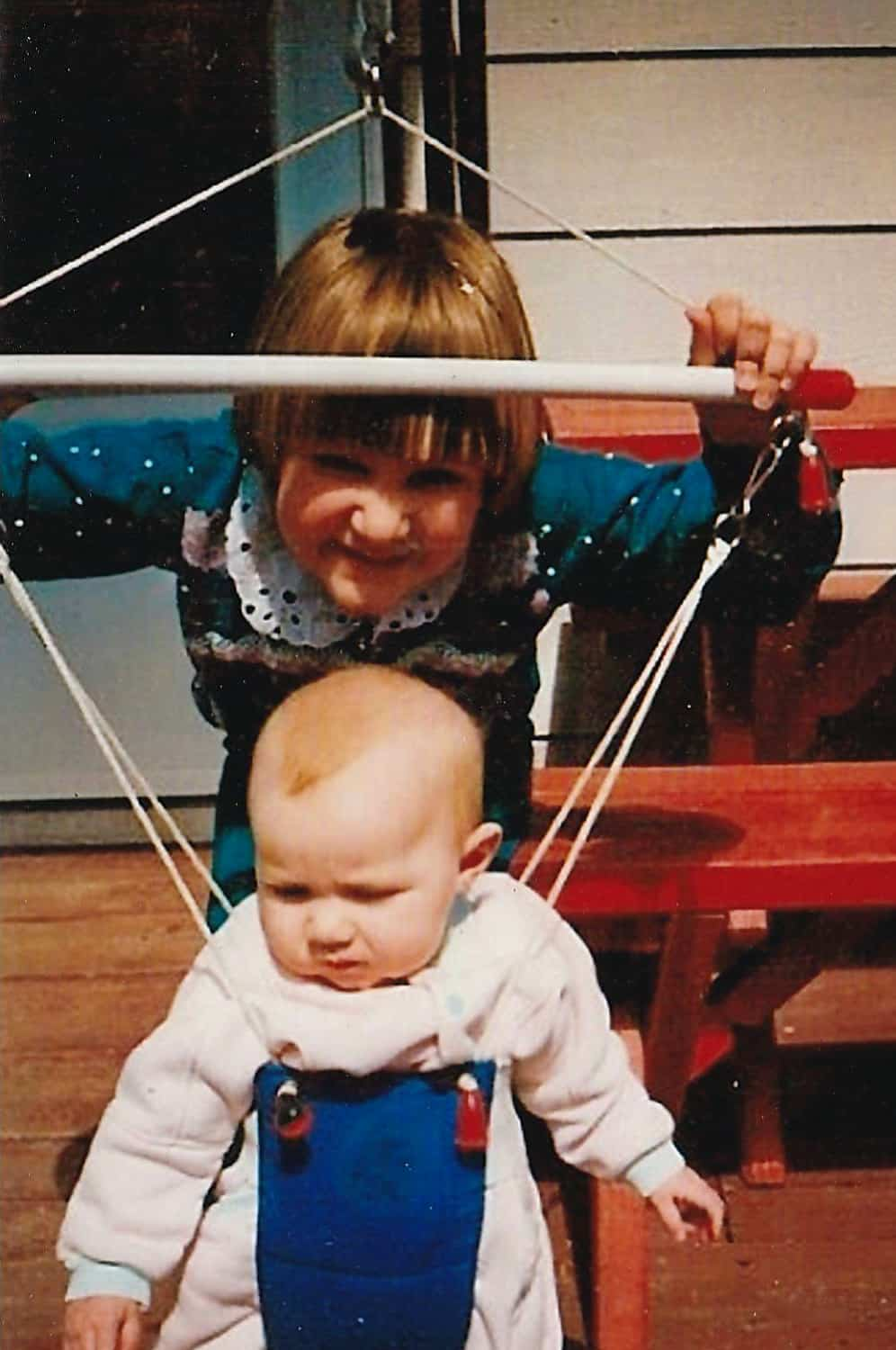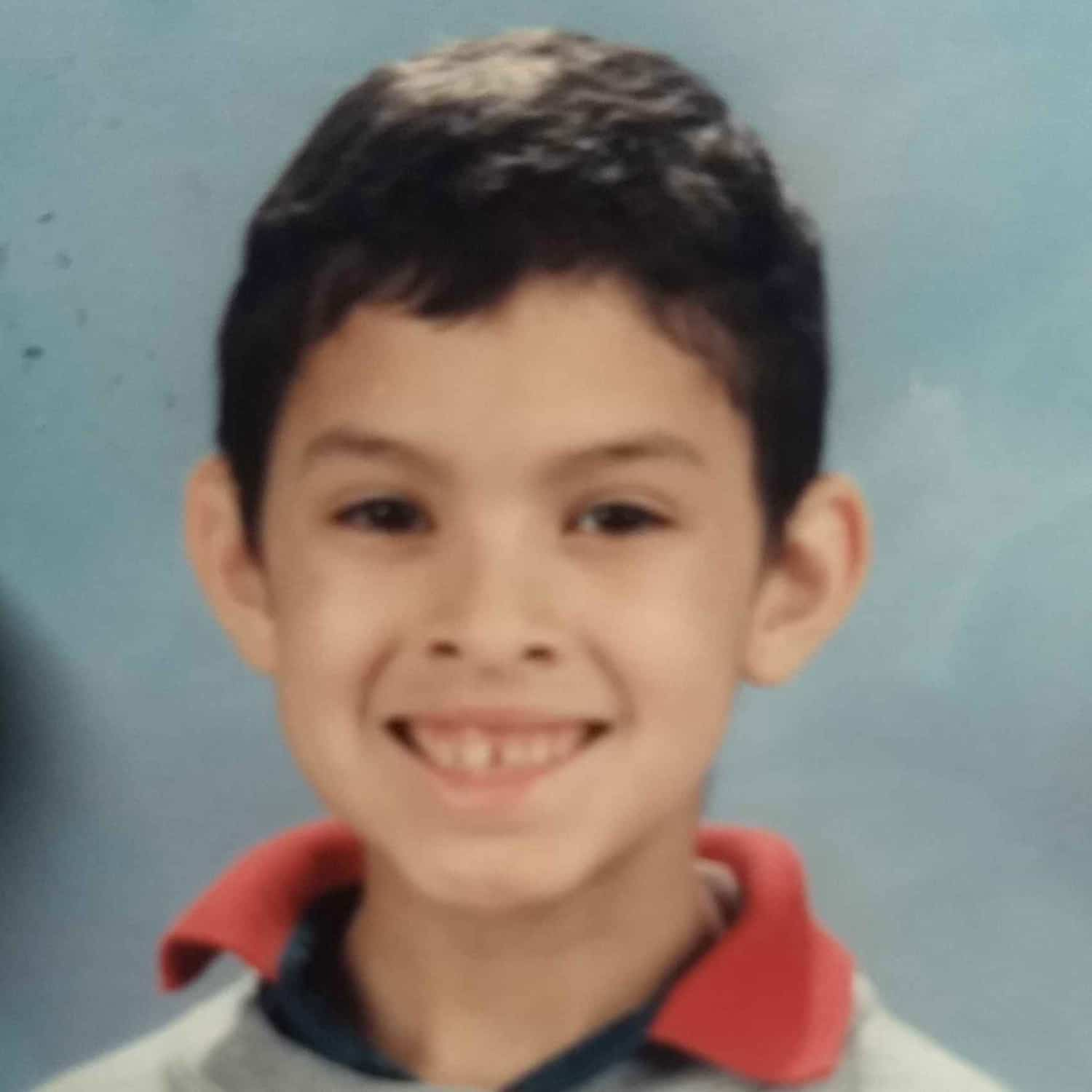HBM128: Seeing Auras
/Graphic by Jeff Emtman and Colby Richardson.
Colby Richardson’s mom got leukemia when he was young. He has trouble remembering her. Soon after her death, Colby and his siblings wound up at a house in Hope, BC where he met Santo, a childhood friend of his mom’s. Colby remembers that Santo’s voice to be soft and extremely calm.
Santo told Colby that he had a beautiful, green aura, a glow that surrounded his body. Back when his mother was alive, Santo had been able to see her aura too, the same green, but with a deep purply violet mixed in.
That afternoon, Santo and Colby sat in a living room with their eyes closed. Santo led him in a visualization exercise where they breathed slowly together until a door emerged in their minds’ eye. They opened the door and let light shine down. And when Colby opened his eyes, he could see auras floating around too.
Colby only saw Santo that one day, but it made an impression. In middle school and high school, Colby would sometimes stare to see the moving shapes of light around people. Eventually the ability faded.
But even today, Colby still sees clouds of green and purple before he falls asleep. He says it makes him feel connected to his mom, like she’s watching over him. But he also worries that he was tricked into believing in magic while he was in a susceptible state, grieving the death of his mother.
So, these days, Colby is uncertain about how to reflect on that afternoon in 2003. In the intervening years, he’s thought about getting in touch with Santo, but never found the right time. Just recently, he finally reached out. He found that Santo’s health has degraded, and he may have missed his chance to get clarity about his experience with auras.
Producer: Jeff Emtman
Editor: Bethany Denton
Music: The Black Spot
Colby Richardson and his two cats in Winnipeg, Manitoba. Photo by Jeff Emtman.










